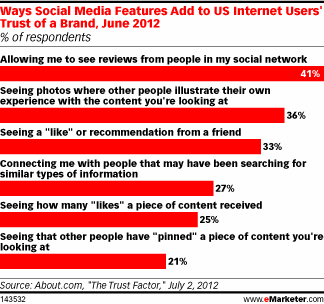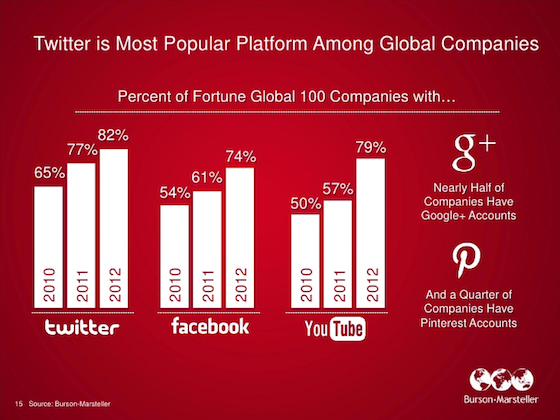According to a new survey by eMarketer, social media influences purchasing decision when it comes to food: 36% bought a new brand after seeing a close friend’s recommendation, 30% after not so close friend recommended it, 20% after they saw products highly rated by users in their network and 17% after they read highly rated reviews from people they do not know

In addition, the survey shows that when it comes to food, users are primarily sharing two thing: photos and recipes.
A May Blogher survey shows that recipes are one of the most sought-after pieces of food content online with 89% of internet users interested in food content going online for recipes.
Ina another survey, Allrecipes.com found that 65% of females who regularly used recipe sites bought branded ingredients called for in the recipes at least sometimes. 21% said they “usually” did this.
In yet another May survey, Compete found that food was by far the leading topic category for interactions on Pinterest leading to conversion. 25% overall had bought a product after discovering it on Pinterest, and surprisingly, considering Pinterest’s reputation as a female stronghold, 37% of male users were spurred to buy, compared to just 17% of female users.





